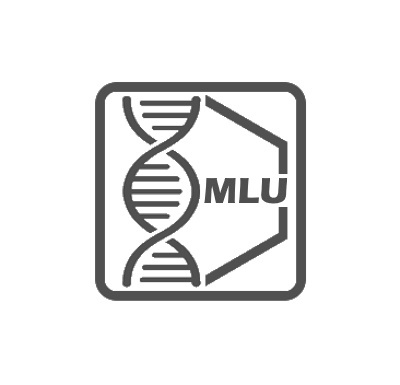1. Structure and function of membrane proteins and their integration into signaling pathways
Biological membranes form the outer barrier of each cell and, in addition, separate intracellular organelles from each other and from the cytoplasm. It is estimated that more than 50 % of all proteins interact with membranes and that integral membrane proteins make up 20-30 % of all proteins. Integral membrane proteins are responsible for the transport of a large variety of molecules and the transmission of information across membranes, also for important biosynthesis pathways and biological energy conversion. In spite of the abundance of membrane proteins and their outstanding significance, our understanding of their structural and biophysical properties is far behind our knowledge of soluble proteins. One of several reasons is a lack of routine procedures for the expression and purification of membrane proteins on a large scale. This deficit in turn is based on the fact that a lipid environment is crucial for the function and structural integrity of membrane proteins. Large-scale purification is the prerequisite for structural analyses especially through X-ray diffraction and NMR spectroscopy, whereas EM-methods require less material.





